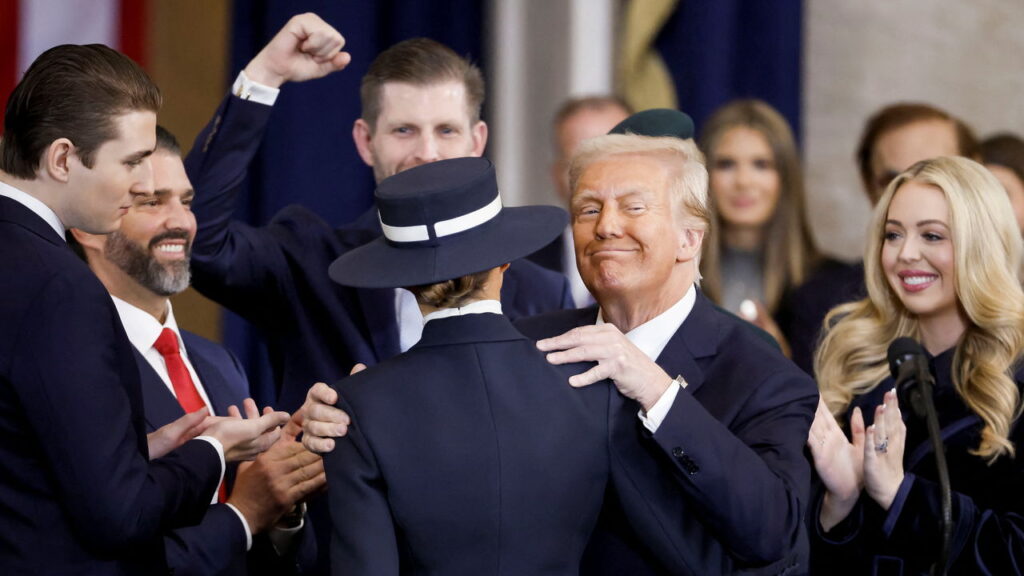The narrative surrounding Donald Trump’s approach to tariffs and trade policy has long been marked by unpredictability, setting the stage for a tumultuous journey that has significant implications for the global economy. On his inaugural day in office, the former president exhibited an unexpected form of restraint. Instead of immediately imposing hefty tariffs on foreign nations, he opted to issue a presidential memorandum aimed at reviewing alleged unfair trade practices. This decision initially appeared to signal a more measured approach to economic relations, particularly with respect to protectionist measures, although his broader policy agenda was still firm and ambiguous.
The memorandum, which sought a comprehensive examination of trade discrepancies, brought a sigh of relief to government officials and financial analysts worldwide. Markets responded positively; foreign currencies appreciated, and stock indices experienced a noticeable upswing. These developments suggested that investors and traders were hopeful the administration would prioritize dialogue and negotiation over confrontation in international trade, at least in the early stages of Trump’s presidency.
As the weeks progressed, however, the initial calm gave way to a flurry of activity reminiscent of a roller-coaster ride. Donald Trump’s administration rolled out a series of tariffs aimed primarily at China, which he had long accused of engaging in unfair trading practices, including intellectual property theft and currency manipulation. This escalation ignited fears of an all-out trade war, setting off ramifications across various sectors of the economy. American manufacturers, farmers, and consumers braced for the potential fallout.
The consequences of these tarif principles became increasingly evident. In retaliation, foreign governments implemented their own tariffs, leading to a cycle of tit-for-tat measures that sent shockwaves through global markets. The agricultural sector in the United States, particularly soybean and dairy producers, felt the brunt of these retaliatory tariffs, as overseas buyers turned to other suppliers. The uncertainties instigated by Trump’s trade policies not only affected bilateral relationships but also disrupted supply chains globally, raising costs for businesses and consumers alike.
The premise for these tariffs, as articulated by Trump, was primarily to protect American jobs and industries. His supporters argued that such measures could revive domestic manufacturing and reduce the trade deficit. However, critics voiced concerns regarding the broader implications of isolationist trade policies. Economists warned that protracted trade conflicts could hinder economic growth, diminish consumer choice, and lead to increased prices on imported goods. Furthermore, global businesses voiced their apprehension, indicating that the volatility could deter foreign investments and damage the United States’ reputation as a stable market.
As the economic landscape evolved under Trump’s administration, negotiation efforts became paramount. High-stakes meetings between the United States and China revealed the complexities of reaching mutually beneficial agreements. Forums such as the G20 summits and trade talks became platforms where world leaders attempted to navigate the treacherous waters of evolving trade relationships. Diplomatic tensions often flared, showcasing the tenuous balance between asserting national interests and collaborating on common global challenges.
In retrospect, Donald Trump’s tariff policies represent a critical chapter in the story of contemporary international trade. The decisions made during his tenure prompted not only immediate repercussions but altered the fundamental dynamics of global economic policies for years to come. The essential question remains: has this approach to tariffs and trade created a more robust foundation for American industry, or has it ultimately served to create division and discord in an increasingly interconnected global economy? As analysis continues, it is apparent that the effects of these policies will resonate for years, influencing both domestic and international landscapes.









